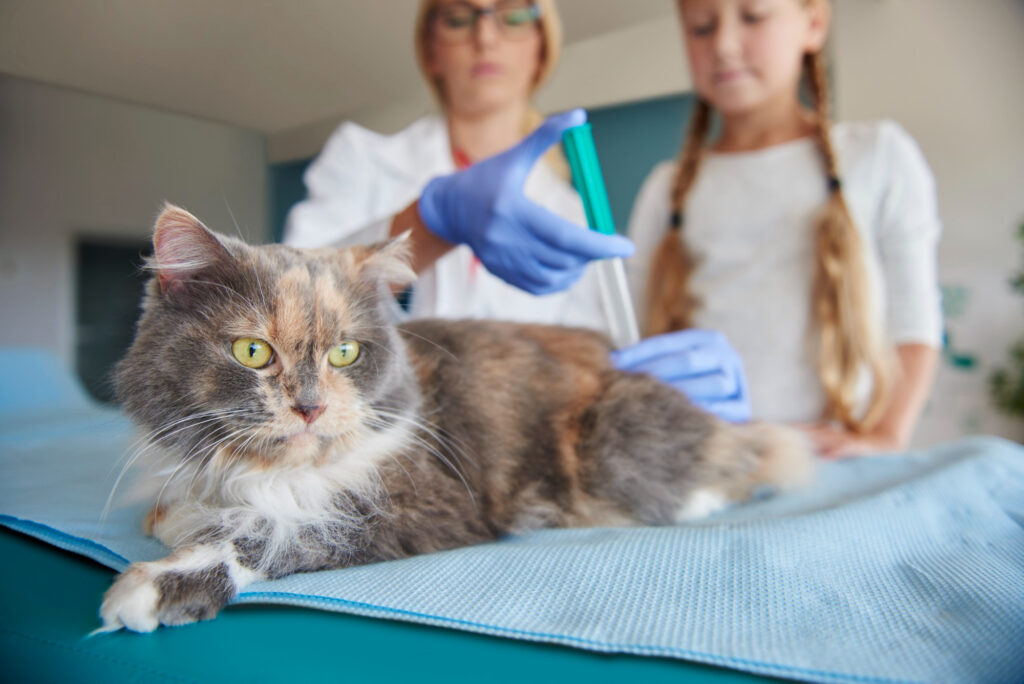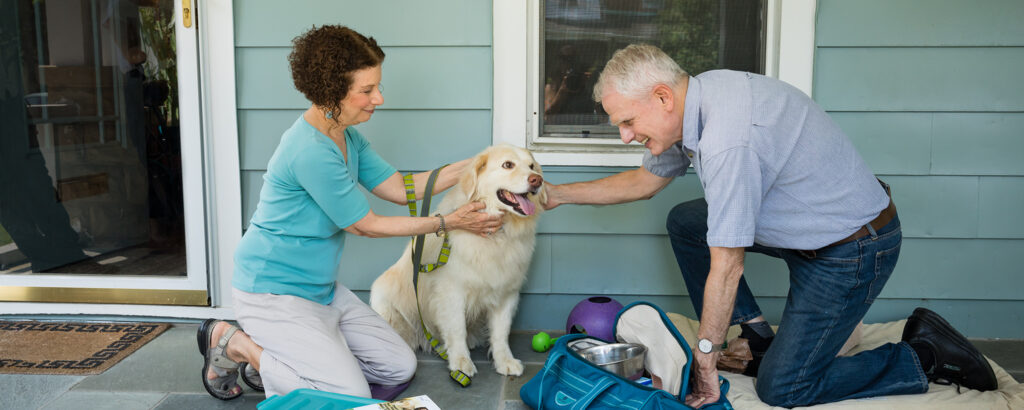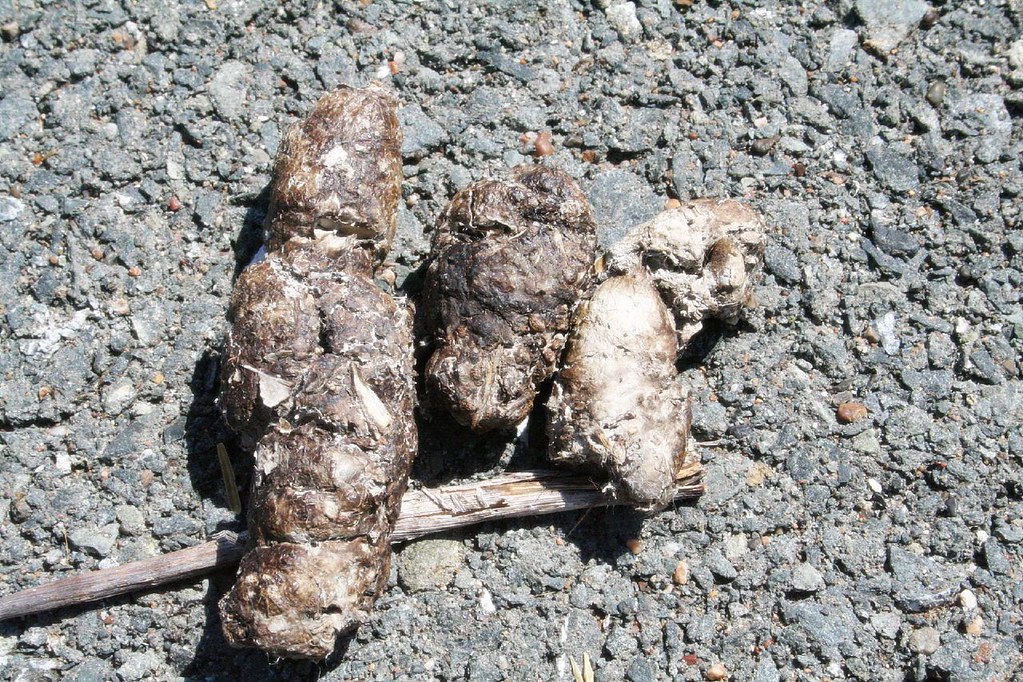Should I Be Worried If My Dog Ate Maggots?
What should be done if your pet is eating maggots?
Maggots, both white and squirmy are insects that feed on flies, such as blowflies and houseflies. While they may have a similarity to other parasites that can be harmful like tapeworms and roundworms, maggots alone aren’t harmful.
As disgusting as it may sound as it may sound, they actually are packed with protein!
The acid present in the stomach of your dog is usually strong enough to handle any negative effects caused by maggots that are alive, unless of course , your dog consumed a large amount. In this case your dog might be ill-tempered and nauseated as it attempts to digest the larvae.
The only aspect to be considered to consider is the food that maggots ate before being consumed by your pet.
Maggots are typically found on meat that is rotten or food items that are rotten and full of bacteria. Your dog is bound to suffer health issues if he eats maggots containing harmful bacteria in the.
Maggots are also frequently observed on excrement of animals that is in the outside. Many dogs have a condition called coprophagia, where they find poop particularly…appetizing.
If you noticed maggots on or in poop You should consult your vet for the prescription for deworming. Animal feces may contain eggs and worms which your dog can ingest along with the maggots.
The biggest threat maggots can cause isn’t because your dog eats the bugs, but due to them just being within close proximity. Myiasis is a possibility in dogs who have injuries or cuts and maggots or flies are able to latch onto.
My Dog Ate Maggots (With A Side Of Rotten Meat). Will It Get Sick?
“What happens if my dog eats maggots?” is a question many pet owners ask.
Usually, maggots are not a problem for dogs. Dogs, especially puppies, are naturally curious and tend to eat things they find outside. Over time, a dog’s digestive system has evolved to handle decayed or raw meat, so maggots are typically digested easily by their stomach acids, just like any other food.
The main concern is the bacteria or viruses that might be on the maggots or the things they are eating, like rotten food or animal waste. This can lead to stomach issues like diarrhea or vomiting.
If your dog shows signs like tiredness, lack of appetite, or a big change in behavior, it could be a sign of a more serious problem, and you should take them to the vet.
Dogs near maggots can also catch a disease called myiasis, which we will explain in a different section.
The Dangers Of Eating Rotten Meat
Consuming meat that is rotten could cause dogs to be sick. Even though their stomachs are extremely acidic, certain bacteria, like salmonella or staphylococcus might remain viable and spread throughout the body.
Food poisoning symptoms always are a combination of nausea, decreased appetite or diarrhea. Lethargy and dehydration are typical.
If the poisoning from food is serious enough, dogs could exhibit neurological problems like lack of coordination, shaking or seizures. The signs and extent of the food poisoning vary based on the amount of poisonous food your dog ate and the sensitivity of its stomach.
The Perils Of Diseased Wild Animals
If a dog is fed the carcass of an wild animal, it’s likely that it will get infected with a variety of parasites like roundworm or Coccidia. Common symptoms are diarrhea, vomiting, and loss of appetite.
If your dog was to consume maggots from an animal that has died, like a rabbit or rats, there could be a chance of secondary poisoning. The degree of danger depends on the initial poison’s toxicity and the amount of animal was consumed.
If your dog did be poisoned, it may display signs of vomiting, diarrhea or loss of appetite. nausea, vomiting or a coughing out blood. It could also show jaundice yellow gums, or excessive thirst or the need to urinate.
When Dogs Eat Poop
Yes, dogs do tend to take poop and eat it.
The condition is known as coprophagia. it’s believed to be caused by a variety of causes:
- The desire to regulate the microbiome of the stomach.
- Consciently trying to get nutrition that a dog may be deficient in, a dog may Behavior-related reasons like anxiety, boredom or the need for attention.
- I don’t believe that there is anyone who can tell people that eating excrement can be harmful. Animal droppings from wild animals are usually filled with bacteria and parasites which can get transmitted to your pet when it ingests the waste.
It can cause stomach pain as well as vomiting, diarrhea and even parasite infestation.
How Can Maggots Give My Dog Myiasis?
The situation is going to be a little uncomfortable.
If your dog consumed maggots, there’s the possibility that it will be diagnosed with a disease known as myiasis. It’s what it looks like:
Your dog will have a greater chance of finding and eating larvae if they’re drawn to them initially. However, eating maggots may be not a major issue as compared to myiasis.
If eating maggots in decaying flesh or feces may cause health problems for your pet and can cause the condition of infestation (myiasis) is a more dangerous situation.
Dogs can be found in areas of grass, where rabbits and rodents reside. Other animals could have maggots in their bodies, which could later be transmitted to your pet, particularly in the case of open wounds or cuts.
Myiasis is caused by flies laying eggs inside an open cut in the dog. The eggs hatch, and then transform into maggots. They then devour the dog’s skin. The maggots take in food, and grow larger as they get deeper deep into wounds. They also consume healthy tissue, causing more damage.
The maggots are a part of the wound and prevent the wound from healing. They then spread throughout the body and can cause serious health problems for dogs.
As the maggots grow and are firmly rooted within the body and skin beginning to chew away at the organs that are essential to. When the maggots reside within your dog they release toxins through excrement that will eventually cause the dog to become sick, with symptoms that include anxiety, fever and shock.
There are two kinds of myiasis:
Cavitary myiasis is a rare condition where maggots can spread into body cavities like the nostrils, mouth, or ears.
Cutaneous myiasis happens when maggots infest a wound or the skin of the dog. This can happen if the skin is damaged or if there’s an open wound where maggots can lay their eggs. Both conditions require prompt attention from a vet to treat and prevent further complications.
What Are The Risk Factors Of Myiasis?
Risk of Maggots with Wounds and Sores
If your dog has wounds, sores, or skin injuries, they are at a higher risk of getting maggots. Even a small cut can get bigger if your dog scratches, bites, or chews on it. When a dog scratches or fights with other animals, it can make the wound worse and attract flies that lay eggs. These eggs can turn into maggots, which will make the situation worse.
Dogs with Itching, Allergies, or Infections
Dogs that itch a lot, have allergies, or often get infections are more likely to get maggots because their skin might be more sensitive. Also, if your dog doesn’t get cleaned regularly, it can lead to a higher chance of getting maggots. Maggots usually go to areas that your dog can’t lick, like their back or sides, because they can’t reach those spots with their tongue. When dogs lick their wounds, the saliva helps clean the area and can even remove fly eggs.
Weather and Environment Impact
Myiasis (maggot infestations) is more likely in hot and humid weather, especially in summer when flies and insects are more active. If your dog spends a lot of time outside or around areas where rodents live, they could pick up maggots from animals that are carrying them. Domestic dogs can also get maggots from other animals if they come in contact with eggs carried by insects or damaged fur.
Preventing Maggot Infestations
It’s important to keep your dog clean and check their wounds regularly to avoid these problems. If your dog has a wound, make sure it’s kept clean and dry. Regular grooming and hygiene are key to preventing maggot infestations. If you notice any signs of infection or maggots, take your dog to the vet for proper treatment.
How To Tell If Your Dog Has Maggots
If you catch maggots early, you can get rid of them before they cause major issues for your dog. The first sign of maggots is usually their presence in your dog’s fur, skin, or wounds. Female flies can lay anywhere between 75 to 150 eggs at a time, which can turn into maggots that are easy to spot.
What Maggots Look Like
Maggots are typically small, ranging from 1/4 to 1 inch in size. They are often visible as they move around in your dog’s fur. You might also notice tiny holes in your dog’s skin where the maggots have burrowed in. If you look closely, you might find insects that look like small grains of rice, which are the maggots starting to develop.
Where to Check
Pay special attention to areas your dog can’t lick, like between the ears, along the back, and on top of the head. Maggots are also likely to be found in warm and humid areas, such as under the tail or between the toes. If your dog seems restless, constantly scratching, or biting at a particular spot, it’s time to check carefully for signs of maggots.
Act Quickly
If you notice maggots on your dog, it’s important to act quickly. Get your dog to the vet for proper treatment and to prevent further complications. Regularly check your dog’s skin and coat to avoid maggot infestations.
Myiasis Prevention And Treatment.
There are many methods to treat and prevent myiasis. Whatever your situation, whether it’s the rural or urban region it is important to be extra careful to ensure that your dog isn’t eating maggots, or contract myiasis.
Prevention is best accomplished by paying attention to your pet’s deworming and vaccination schedule. This information must be offered by your veterinarian.
It’s also a great idea to check the coat and skin of your dog regularly to ensure there aren’t any open cuts or wounds. If you discover any cuts or wounds take care to wash them thoroughly then apply antiseptics and apply a bandage that is breathable.
A clean and healthy dog is also an effective protection against maggots. Cleanse and bathe your dog frequently to eliminate any urine, feces or dirt that may be accumulated in its coat. By getting rid of these dirty areas you reduce the chance of skin issues that are underlying, that can cause myiasis.
Dogs must active and exercise to improve their endurance. However, if you’ve got more sedentary or elderly dogs it is recommended to limit their time outdoors, particularly in grassy areas.
It’s not that hard to ensure that you keep the maggots away from your pet. If you keep them in a closed area and regularly check their skin it will keep myiasis away from developing.
If myiasis has developed, it should be treated promptly. The best solution is to bring your dog to the vet where they will eliminate visible maggots promptly.
The doctor may employ hydrogen peroxide first to kill the maggots. They will afterwards, disinfect the wound using Iodine or another antibacterial solution. The wound is then covered with an airtight wrap so that it can be suffocate any larvae that remain, but it is necessary to replace the wrap every day to allow the wound breathe.
If this is a serious situation where maggots have dragged deep into your body, anti-biotics as well as other medications for removing worms may be prescribed.
Wrapping it Up
If your dog consumed maggots and nothing else the chances are that it’ll be good. Maggots and fly eggs do not have a chance against a dog’s extremely acidic digestive system and are likely to be killed once they make it into the stomach.
But, maggots could bring to the table dangerous bacteria which can be dangerous to dogs. Maggots typically reside on organic material that has gone to rot or feces. These are often contaminated with parasites or viruses that could cause health issues.
If your dog is eating the substance, along with maggots, it is at risk of contracting illnesses or viruses that are present.
Maggots that eat maggots and decaying food source might not be the most significant issue.
Being near to maggots if the dog has cuts that are open or wounds may cause myiasis. While it begins at an outside surface area, the condition also has the possibility of extending further into the body, if unchecked and untreated.
The best way to prevent this is to prevent your dog from coming near any dead animal or meat that may be infested by maggots. Examine their skin and body often for indications of illness or fly larvae. You can also help your dog keep the maggots away.





